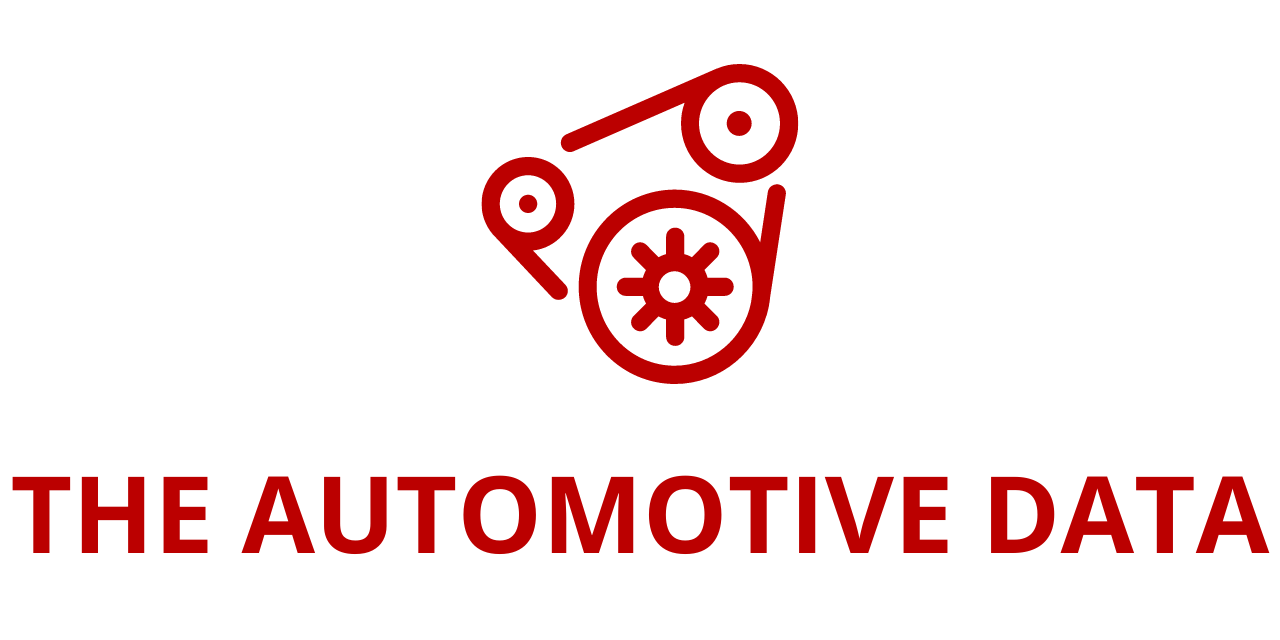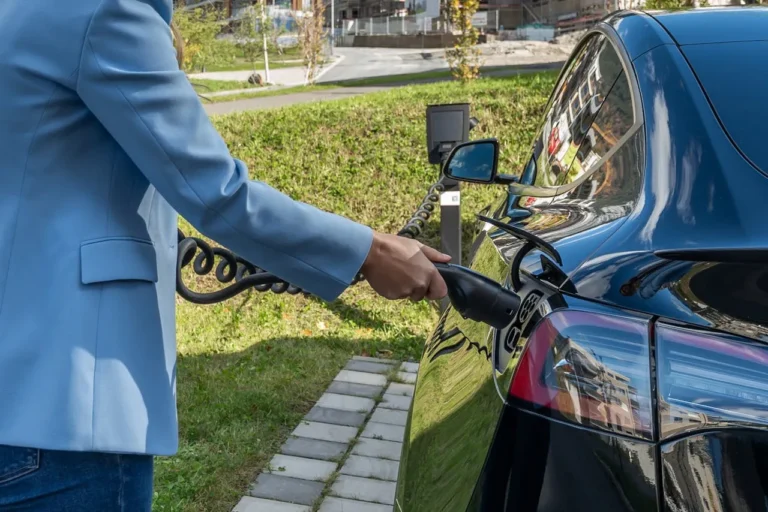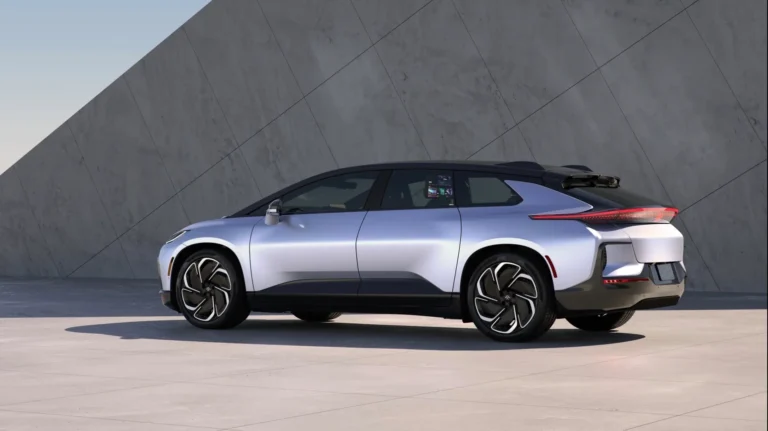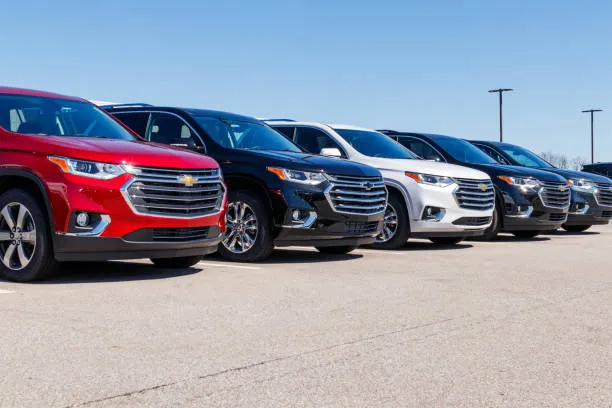
DJI Automotive’s internal team has successfully integrated stereo sensors and a vision fusion positioning system into a vehicle, marking a significant advancement in their autonomous driving technology. Building on their expertise from the drone industry, DJI Automotive has effectively transitioned its technologies—such as perception, positioning, decision-making, and planning—from drones to intelligent driving systems.
Initially, DJI Automotive’s team was small, consisting of about 10 members drawn from DJI’s Flight Control and Vision departments. The company positions itself as a pioneer in intelligent robots, encompassing both drones and autonomous vehicles. Leveraging its unique technological approach, DJI Automotive is leading in the mass production and application of Navigation on Autopilot (NOA). The company projects that by 2025, approximately 2 million passenger cars will be equipped with its intelligent driving systems.
Advancements in Stereo Vision Technology
One of DJI Automotive’s core technologies is stereo vision. This technology allows drones to maintain functions like hovering, obstacle avoidance, and speed measurement even when other sensors fail. DJI Automotive has adapted this technology for autonomous vehicles, continuously refining its stereo vision sensors to meet various autonomous driving requirements.
In 2023, DJI Automotive introduced a second-generation inertial navigation stereo vision system, which features an improved optical polarizer and eliminates the rigid connecting rod. This advancement simplifies sensor installation and allows flexible adjustment of the camera distance from 180 mm to 400 mm, broadening the range of applications for stereo cameras.
In 2024, DJI Automotive launched a LiDAR-vision system designed for Level 3 autonomous driving. This system combines LiDAR, stereo sensors, a long-focus mono camera, and inertial navigation. Compared to the conventional LiDAR plus front camera solution, this integrated system offers a 30% to 40% cost reduction while maintaining full functionality. The compact design allows for easy integration into the vehicle cabin, lowering overall installation costs.
The LiDAR-vision solution enhances safety in vehicle longitudinal control by providing precise ranging and robust performance under varying illumination conditions. It improves the intelligent driving system’s ability to handle close-range cut-ins, complex urban traffic, interactions with vulnerable road users (VRUs), and obstacle avoidance, especially at night.
Leveraging Drone Technology for Data Acquisition and Simulation
Traditional data acquisition methods for autonomous driving often face limitations, such as low data quality and interference with other vehicles. Field-based data collection also suffers from low flexibility and accuracy issues.
DJI Automotive has utilized aerial surveys by drones to overcome these challenges. Drones provide richer, more comprehensive data, capturing unobstructed aerial views of vehicles in blind spots and reflecting realistic driving behaviors. This approach improves data collection efficiency for specific road sections and unique driving scenarios, such as on/off-ramps and frequent cut-ins, offering valuable insights for refining autonomous driving systems.







